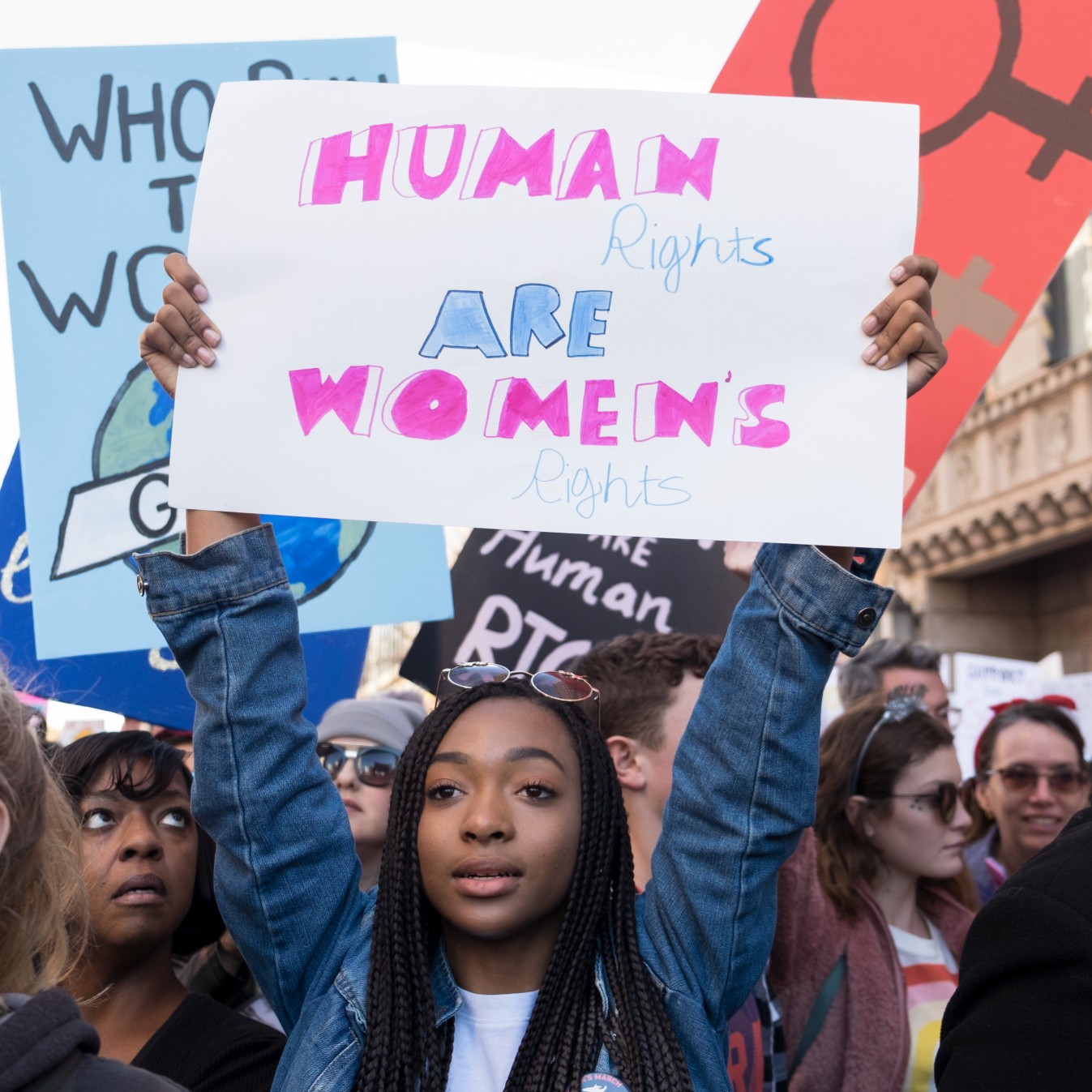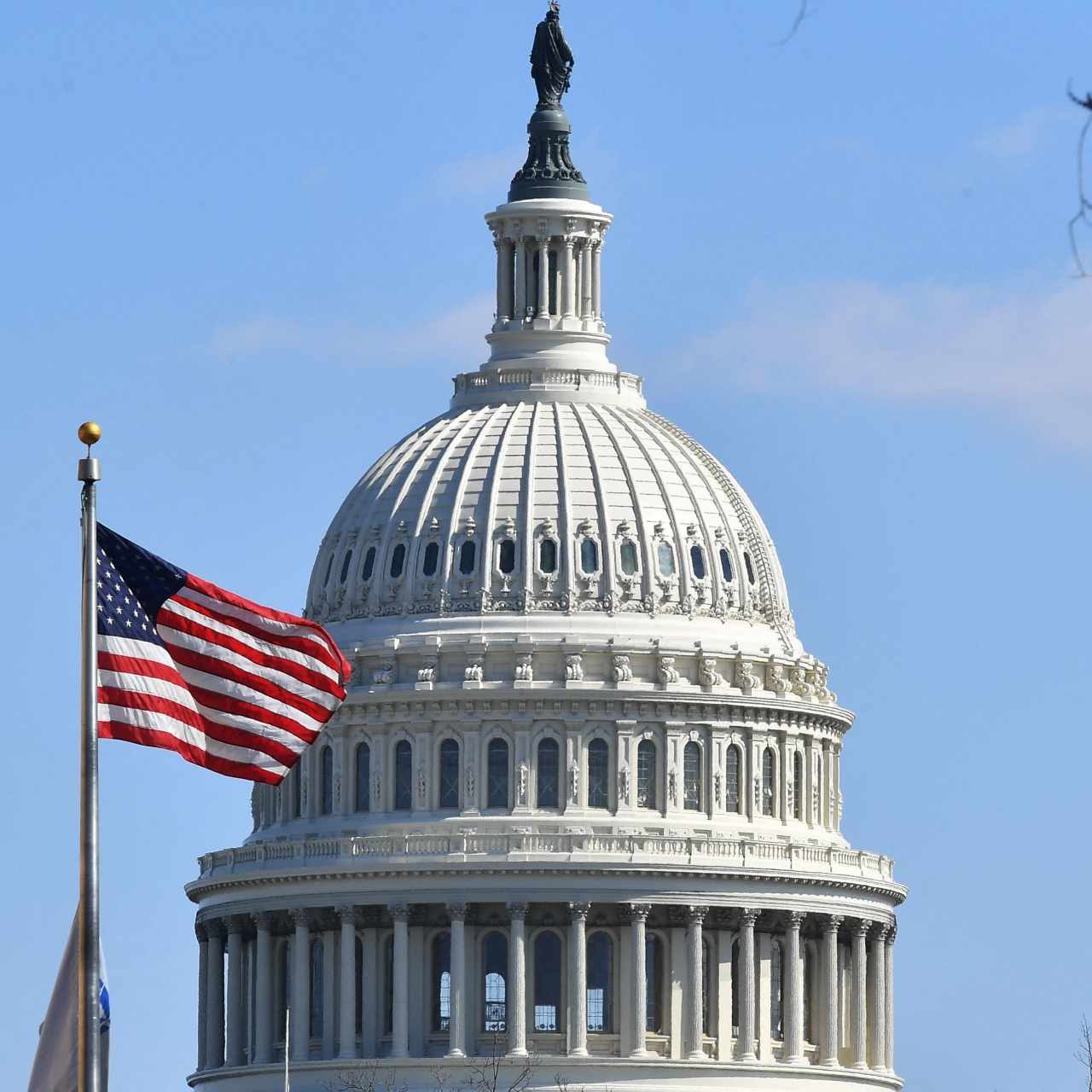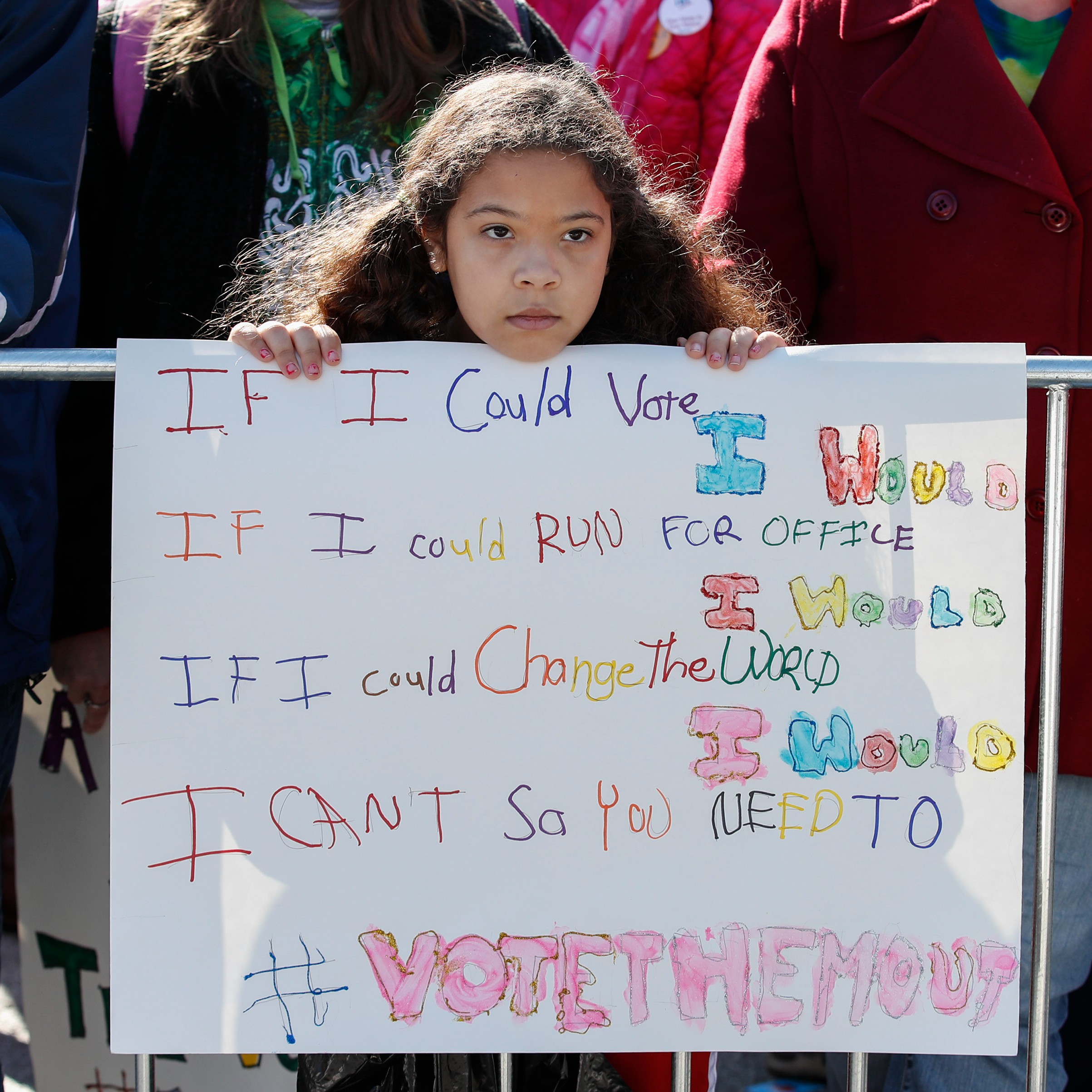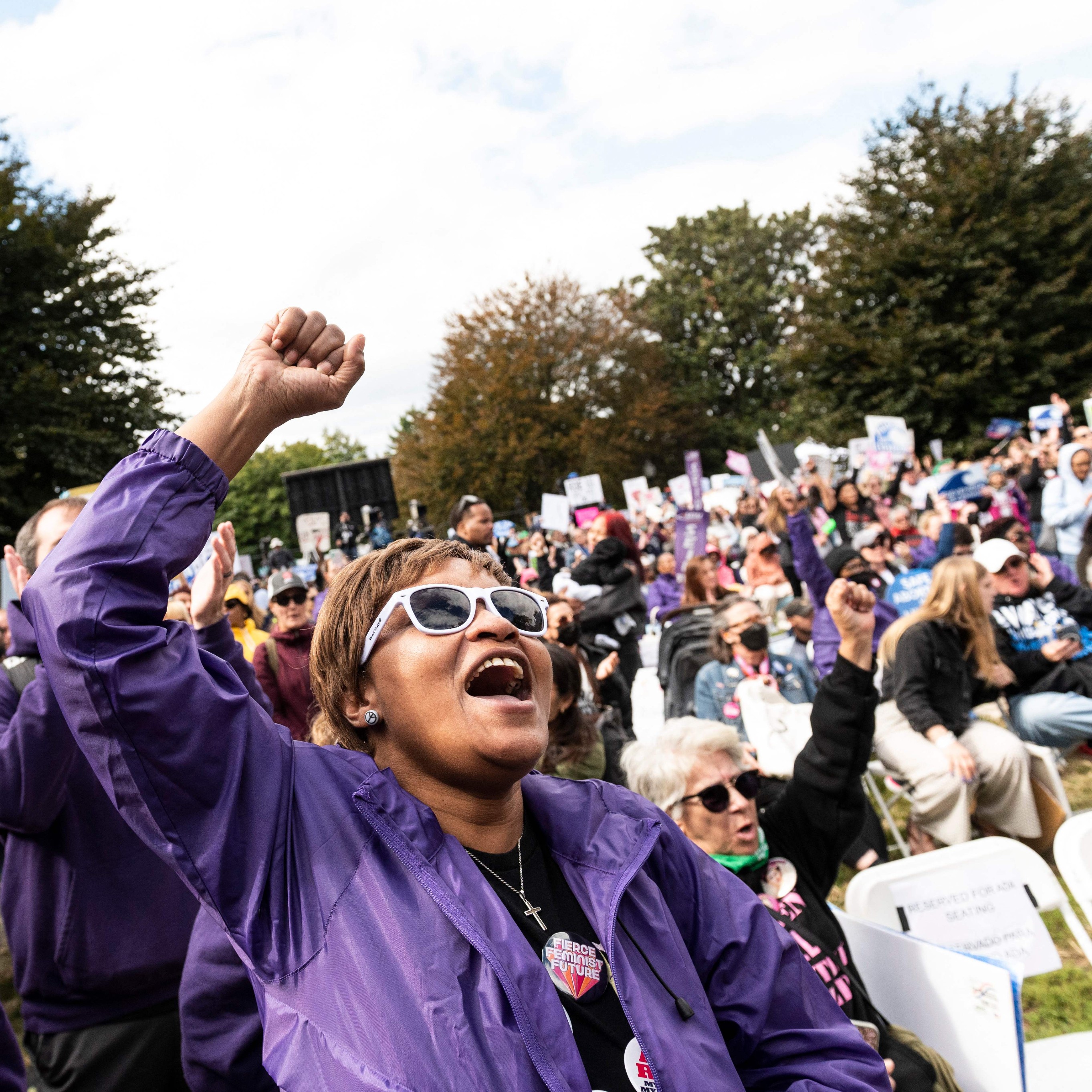Abortion Wars
How did late-term termination become the third rail in the abortion debate?
The recent murder of abortion doctor George Tiller has raised the stakes on one of the hardest issues any of us will ever face. Two women tell their stories.
On May 31, Dr. George Tiller, one of the last remaining providers of third-trimester abortions, was gunned down in the lobby of his Wichita, KS, church by a deranged abortion foe. While the pro-life movement condemned the murder, it has spent years trying to outlaw the kind of services he provided. Pro-choice advocates argue that late-term abortions are necessary to protect the health of the mother and that she should have full control of these decisions; they also claim efforts to ban specific practices are the first step toward outlawing abortion altogether. How did late-term termination become the third rail in the abortion debate?
2003 President Bush signs into law Congress's Partial Birth Abortion Act, banning a procedure called "intact dilation and extraction," which involves puncturing the fetus's skull so it can pass through the cervix when removed.
2007 The Supreme Court upholds the law, the first time the court has ever permitted a ban on a specific abortion procedure that doesn't include an exception for the mother's health.
2009 In March, a Kansas jury acquits Dr. Tiller of carrying out 19 illegal late-term abortions. (Prosecutors had accused Tiller of violating Kansas law by failing to get a second opinion by an independent doctor.) On May 31, Tiller was shot and killed in his Wichita church. Today, there are only two late-term abortion clinics left in the country.
Stay In The Know
Get exclusive access to fashion and beauty trends, hot-off-the-press celebrity news, and more.
Dedicated to women of power, purpose, and style, Marie Claire is committed to celebrating the richness and scope of women's lives. Reaching millions of women every month, Marie Claire is an internationally recognized destination for celebrity news, fashion trends, beauty recommendations, and renowned investigative packages.
-
 Prince William and Princess Kate's "First Priority" Is "Very Different" Than Queen Elizabeth's Was
Prince William and Princess Kate's "First Priority" Is "Very Different" Than Queen Elizabeth's WasThe Prince and Princess of Wales are changing the modern monarchy.
By Kristin Contino
-
 Hate to Break It to You, But Tariffs Are About to Make Your Beauty Routine a Lot Pricier
Hate to Break It to You, But Tariffs Are About to Make Your Beauty Routine a Lot PricierHere are the treatments that are most vulnerable to price hikes.
By Danielle Sinay
-
 My Favorite Victoria Beckham Beauty Staples Nail the Balance Between Rocker Chick and Upper East Side Mom
My Favorite Victoria Beckham Beauty Staples Nail the Balance Between Rocker Chick and Upper East Side MomSee the photos for proof.
By Julia Marzovilla
-
 Cecile Richards, Former Planned Parenthood President and Women's Rights Activist, Has Died at Age 67
Cecile Richards, Former Planned Parenthood President and Women's Rights Activist, Has Died at Age 67"Our hearts are broken today but no words can do justice to the joy she brought to our lives."
By Amy Mackelden
-
 36 Ways Women Still Aren't Equal to Men
36 Ways Women Still Aren't Equal to MenFeatures It's just one of the many ways women still aren't equal to men.
By Brooke Knappenberger
-
 What's at Stake in the 2022 Midterm Elections
What's at Stake in the 2022 Midterm ElectionsWith abortion rights, democracy, and many more critical issues on the ballot, there’s no room for apathy this election cycle.
By Rachel Epstein
-
 The 2022 Midterm Elections: What to Know Ahead of Election Day
The 2022 Midterm Elections: What to Know Ahead of Election DayConsider this your guide to key races, important dates, and more.
By Rachel Epstein
-
 4 Ways Your Rights Are on the Ballot This Election
4 Ways Your Rights Are on the Ballot This ElectionAccording to Vice President Kamala Harris.
By Emily Tisch Sussman
-
 Moms Will Make the Difference in the Midterm Elections
Moms Will Make the Difference in the Midterm ElectionsA plethora of issues impacting women and children will be top of mind for moms as they head to the polls this November.
By Emily Tisch Sussman
-
 How New York's First Female Governor Plans to Fight for Women If Reelected
How New York's First Female Governor Plans to Fight for Women If ReelectedKathy Hochul twice came to power because men resigned amid sexual harassment scandals. Here, how she's leading differently.
By Emily Tisch Sussman
-
 Why the 2022 Midterm Elections Are So Critical
Why the 2022 Midterm Elections Are So CriticalAs we blaze through a highly charged midterm election season, Swing Left Executive Director Yasmin Radjy highlights rising stars who are fighting for women’s rights.
By Tanya Benedicto Klich